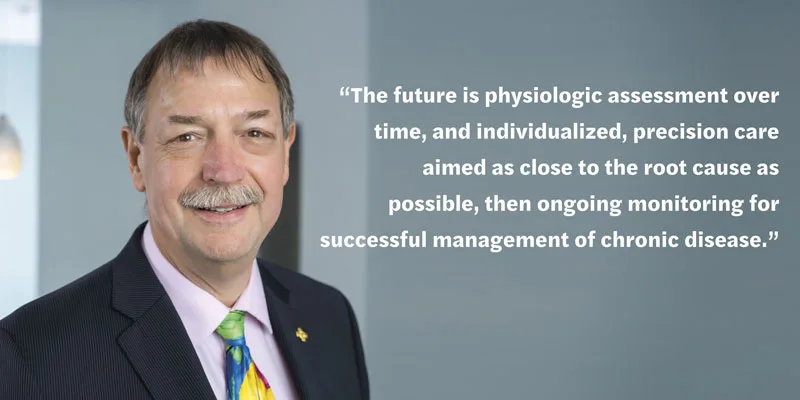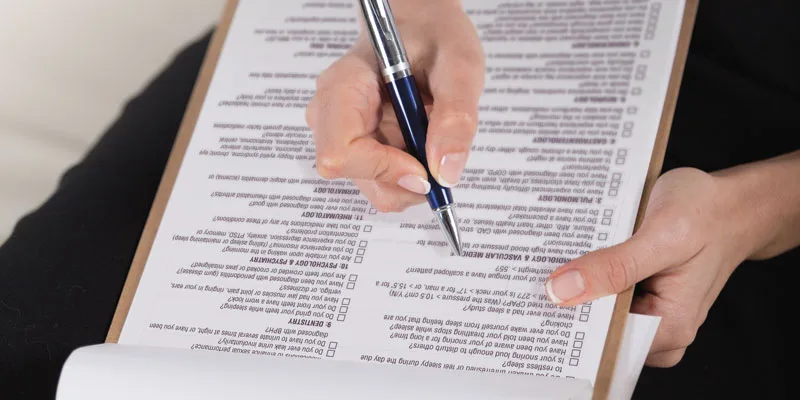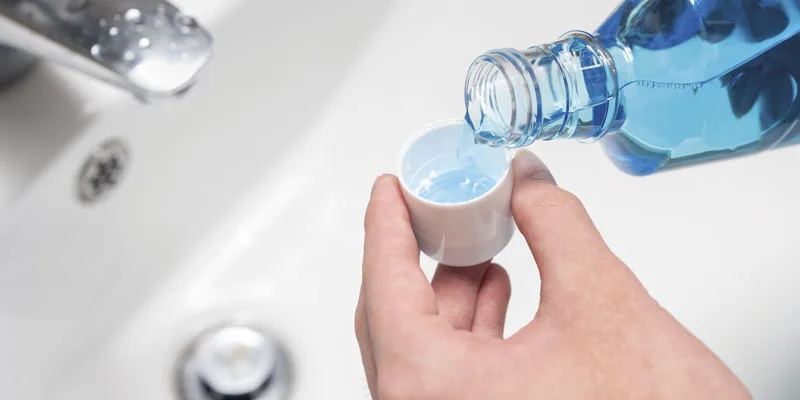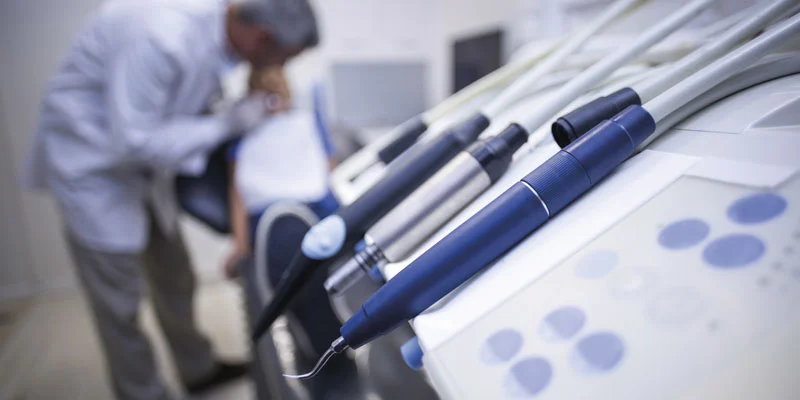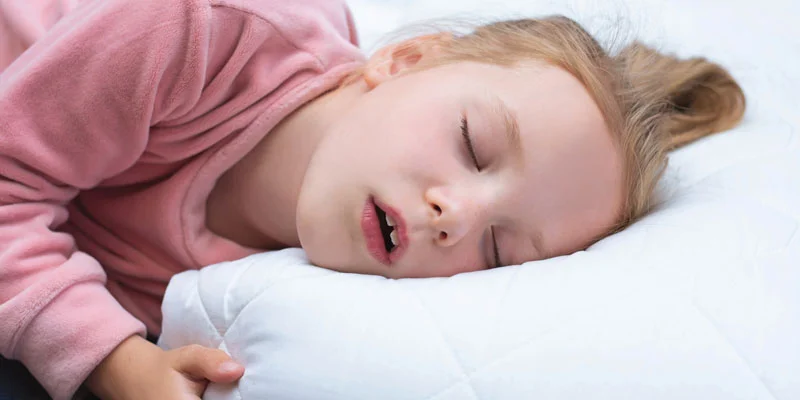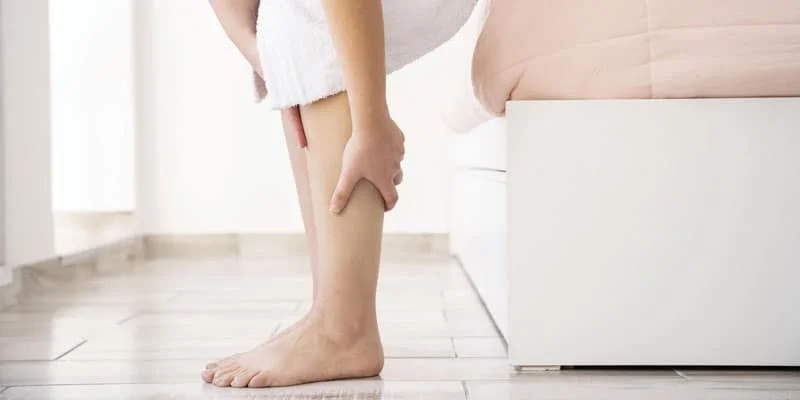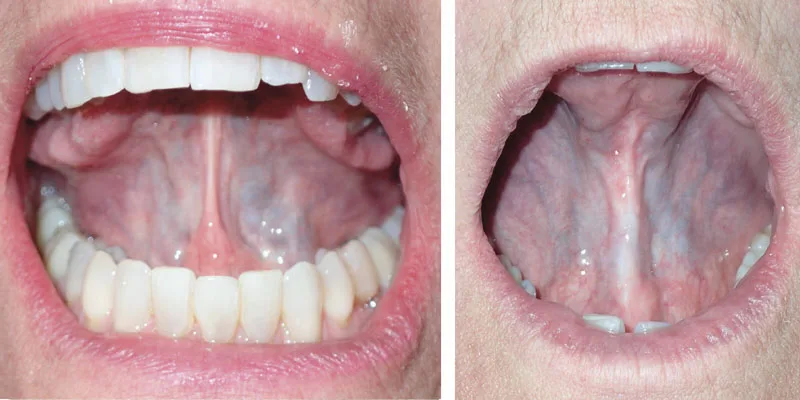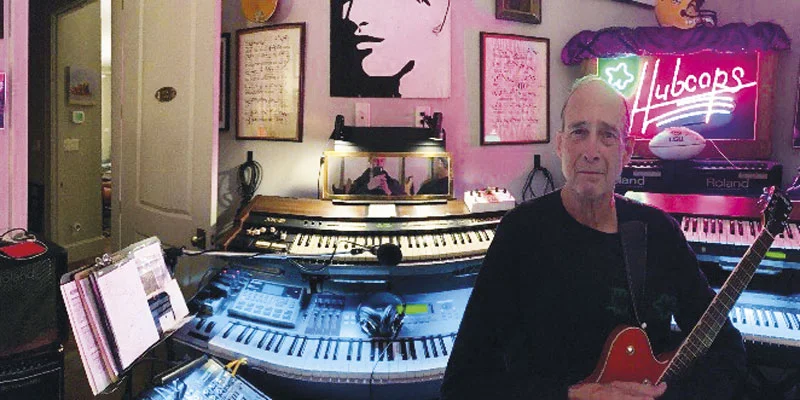Current Issue
Review of REM Sleep: Part Two – Pathophysiology
by Amalia A. Geller, MD Part two of this article will review the fascinating pathophysiology of REM Behavior Disorder (RBD) and provide an update on ...
Zepbound: The First FDA Approved Medication for Obstructive Sleep Apnea
“Zepbound is the first drug treatment option for patients with obstructive sleep apnea. By having this additional tool in our toolbox to treat obstructive sleep ...
Effects of Sleep Deprivation on Your Body
“Even after just one night of poor sleep, you can experience trouble focusing, concentrating, and decision-making.” What Happens When You Lack Sufficient Sleep by Lee ...
Going Deep
Steve Carstensen, DDSDiplomate, American Board of Dental Sleep Medicine Fitting mandibular advancement devices to teeth is easy. Manufacturers have fine-tuned their process, many dentists use ...
Ease Your Mind with BioMatch: Advancing Sleep Apnea Treatment
BioMatch continues to refine oral appliance therapy with its simplified single-step ordering, expert patient-matched design, rapid eight-day manufacturing process, and robust three-year warranty. In today’s ...
The Future of Sleep Apnea Treatment
Figure 1 (left): Advanced Titration (AT) Arm allows for easier and more precise adjustments; Figure 2 (right): AT Arm is now compatible with any DynaFlex ...
VirtuOx Introduces Sleepifi DENTAL
From screening and diagnosis to treatment and documentation preparation for insurance billing, Sleepifi DENTAL simplifies and streamlines the process. Revolutionizing the Dental Sleep Medicine Workflow ...
Lessons Learned and Lives Changed
3 Mistakes to Avoid When Launching a Dental Sleep Medicine Practice For Dr. Anjoo Ely, dentistry has always been about more than the general practice, ...
Making the World a Better Place
Lisa MolerFounder/CEO, MedMark Media Every day, in newspapers, on TV, and social media we see humanitarian efforts across the world. Whether it’s for saving endangered ...
What Are You Doing to Keep Up?
Steve Carstensen, DDS, Diplomate, American Board of Dental Sleep Medicine In the past few months, we’ve seen approval of a drug for sleep apnea that ...
The Lamberg Questionnaire
A Valuable Tool Simplifying Complex Sleep Health Conversations in the Dental Practice by Brittny Murphy, RDH, BS, COM®, QOM® In recent years, there has been ...
Dental Continuing Education
Malocclusion and Sleep Related Breathing Disorders in Early Childhood, 1880-2025
What Needs to Be Done Now Has Been Done Before by Kevin Boyd, DDS, MSc To best help their patients, dentists and other allied health ...
The Trigeminal Nerve: A Key Player in Facial Growth and Nasal Function
by Karen Parker Davidson, DHA, MSA, MEd, MSN, APRN, and Donald R. Moeller, DDS, MA, MD, Lieutenant Colonel US Army (retired) Introduction The trigeminal nerve, ...
Is Your Mouthwash Putting You at Risk for Hypertension and Cardiovascular Disease?
by Nathan S. Bryan, PhD Oral health is absolutely essential for systemic health. The notion that oral bacteria may contribute to disease in other parts ...
Primary Care Dentistry, Airway, Inflammation, and Life Essentials
by Steve Carstensen, DDS, and Pat Mc Bride, PhD, CCSH Within medicine, Dentists have the sole responsibility for preventive and restorative care of the hard ...
Pediatric Sleep-Disordered Breathing and Obstructive Sleep Apnea: The Role of the Speech-Language Pathologist
by Ann Blau, MS, CCC-SLP, CMT® and Kaitlyn Shrum, MA, CCC-SLP, QOM, CMT® Sleep is one of the greatest public health challenges of the 21st ...
Overview of Abnormal Movements During Sleep
by Amalia A. Geller, MD Abnormal movements during sleep are common in early life — with between 15% to 20% of children experiencing this condition, ...
Physical Therapy Collaboration in Dental Sleep Medicine
by Brad Gilden, PT, DPT, FFMT, FAAOMPT, PRC, CSCS, and Bill Esser, MS, PT, CCTT Role of an AirwayCentric® Physical Therapist in Dental Sleep Medicine ...
Why Every Dentist and Orthodontist Should Have an Orofacial Myofunctional Therapist on Their Team
by Nicole Goldfarb, M.A., CCC-SLP, COM® As knowledge about the etiology of sleep-disordered breathing (SDB) has expanded over the recent years, it is imperative to ...
Mitochondrial Dysfunction Acquired from Sleep Related Breathing Disorders is the Cause of Most Non-Communicable Diseases
by Dr. Steve Lamberg Wouldn’t you love a deeper understanding of the underlying pathophysiology of sleep related breathing disorders “SRBD” and how they cause so ...
Restless Legs Syndrome
by Zhu Zhu, MD, PhD; Saniya Pervin, MBBS; and Daniel O. Lee, MD, FAAN, FAASM Restless legs syndrome (RLS) is a common sensorimotor neurological disorder ...
Interarch Jaw Registration Devices for Oral Sleep Appliances: Consequences of Anterior vs. Posterior Stabilization
by Allen J. Moses, DDS Introductory Anatomy and Kinetics Human beings are the only mammals to have a shared foodway and airway. As a result, ...
Epigenetics and Sleep Disordered Breathing
by Amalia A. Geller, MD Child neurologists have much exposure to many different types of genetic conditions that lead to sleep-disordered breathing. For many years, ...
Clinical Spotlight
Empowering Dentistry Through Myofunctional Therapy: A Path to Success
by Melissa Mugno, OMT, RDH In the ever-evolving landscape of dentistry, particularly within the realm of sleep dentistry, the integration of myofunctional therapy (MFT) stands out as a transformative approach. ...
Clinician Spotlight
Genesis
by Tom Colquitt, DDS The Pulmo-venture started as a joke. Perhaps a rant of sorts, but certainly a joke-song. The joke highlighting the ever confusing if not crushing world ...
Corporate Spotlights
Who We Are: 3DISC
Founded in 2007, 3DISC started as an R&D company but quickly matured into an agile American manufacturer and global provider of digital imaging solutions for dental practices. Fourteen years later, ...
Inside The Lab
Lessons from the Bench Segment 2: Appliance Selection, Designs and Retention Challenges
by Laura Sheppard, BS, CDT, TE You Are Not Your Patient – Expand Your Toolbox Many practitioners make it a standard procedure to try out all types of devices on ...














